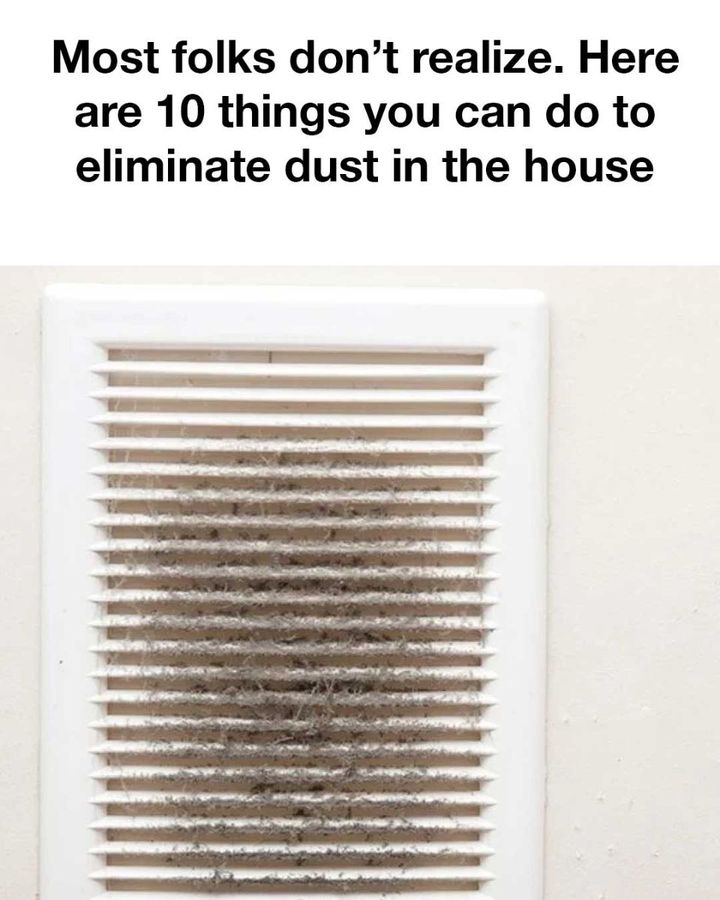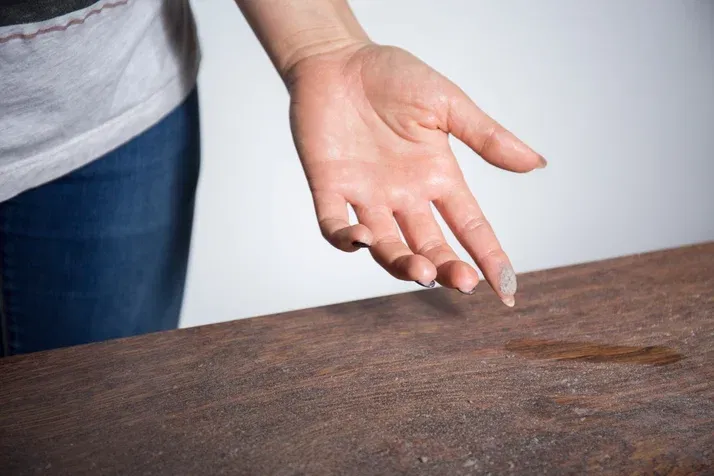
Pollen, fabric fibers, pet dander, d3ad skin cells, and tiny soil particles make up the majority of the dust that permeates our houses. It can originate indoors or outdoors and, if ignored, can build up rapidly. Maintaining a cleaner home environment requires an understanding of these sources.
Common Effects of Dust Exposure on Health
Numerous health problems can arise from dust exposure, especially for people who have asthma, allergies, or other respiratory disorders. Sneezing, coughing, itching eyes, and dyspnea are typical symptoms.
Selecting Appropriate Cleaning Equipment
Purchasing the appropriate cleaning equipment is essential for efficient dust removal. HEPA filter vacuums, electrostatic dusters, and microfiber cloths are all great options.
Making a Timetable for Dusting
When it comes to dust control, consistency is essential. Set up a weekly routine for vacuuming carpets, dusting surfaces, and cleaning air vents.
Utilizing Filters and Air Purifiers

By capturing airborne particles, air purifiers with HEPA filters can drastically lower dust levels.
HVAC Systems’ Function in Dust Control
HVAC systems have the potential to either reduce or increase a home’s dust levels. Frequent upkeep, such as cleaning the ducts and replacing the filter, guarantees that the system effectively removes dust rather than redistributing it into living areas.
Selecting an Appropriate Vacuum Cleaner
Effective dust control requires a high-quality vacuum cleaner. To collect the smallest particles, choose a vacuum with a HEPA filter. To accommodate various floor types, look for a machine with powerful suction and programmable settings.
Using Microfiber Cloths Effectively
Due to their thin strands’ ability to collect and retain dust particles rather than disperse them, microfiber cloths are incredibly effective at dusting. For basic dusting, use them dry; for more persistent dust, use them slightly wet. To keep these cloths functional, wash them frequently.
Ways to Reduce Dust in Textiles

Home textiles, such as bedding, upholstery, and curtains, can be significant dust collectors. Select washable pillows and mattress covers, vacuum and steam clean upholstery frequently, and wash bedding once a week in hot water.
The Function of Green Plants in Reducing Dust
As natural air purifiers, several indoor plants can aid in dust reduction. Air quality can be enhanced by plants that trap dust particles, such as rubber plants, peace lilies, and spider plants. But keep in mind that plant leaves should be cleaned from time to time because they can also collect dust.
Preserving an Environment Free of Clutter
There are more surfaces for dust to collect on when there is clutter. Dusting is made easier by keeping floors, shelves, and countertops as clear as possible. To keep things organized and cut down on dust-collecting surfaces, use storage options like cabinets and bins.

















